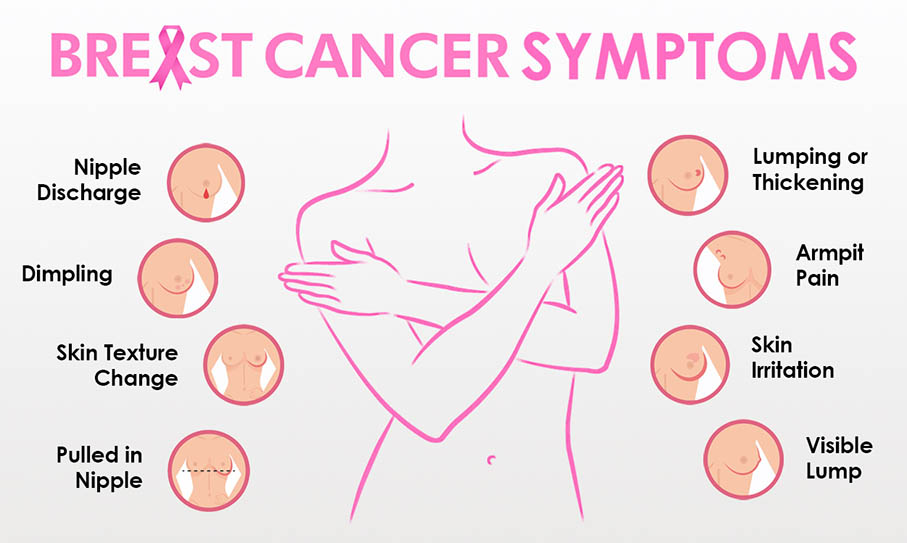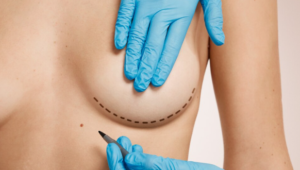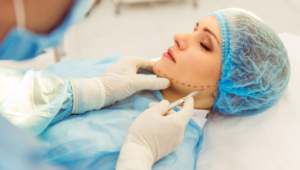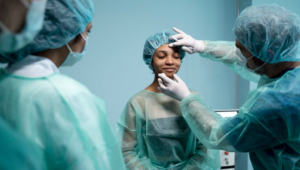
Mammography of the breast can reveal typical dense breasts in a woman. However, the lack of understanding about what this means can put many of them in doubt.
Only a mammogram is considered effective at showing conclusively if a woman has dense breasts. Self-examination is not useful if you are trying to assess yourself for dense breasts. In this article, Dr Rohan Khandelwal, one of the Best Breast Cancer Specialist in Gurgaon will explain is there any connection between breast density and breast cancer.
What is breast density?
Simply put, breast density is the amount of fibrous glandular tissue that appears in mammography. While the fibroglandular tissue appears white, the fatty breast tissue appears dark.
Any breast tissue is generally composed of milk ducts, milk glands, dense breast tissue, and fatty tissue.
In the case of denser breasts, the amount of dense tissue appears to be more than fatty breast tissue.
Why is it important to understand breast density?
If you are wondering what does having dense breast tissue means, then here’s what you need to know about its relevance:
- Breast density changes your chances of detecting breast cancer through mammography.
It is possible that dense breast tissue can actively hide breast cancer. - Medical experts also believe that dense breast tissue is associated with a higher risk of breast cancer.
It is fairly common for women to have dense breasts – almost 40% of women around the world claim to have them.
Supposedly, women with high breast density may have genetically inherited it. However, recent studies also cite a correlation between lifestyle and hormone-related factors.
In no case is breast density indicative of the size of the breast.
Four levels of breast density
The Breast Imaging Reporting and Data System is responsible for determining the level of the dense area in the breast. This reporting system makes use of letters to denote the area of density on a mammogram.
The following are the commonly used letters for this purpose:
- A: Denotes ‘almost entirely fatty.’ Usually, 1 in 10 women belong to this category, where the breasts are entirely composed of fats.
- B: Denotes ‘Scattered area of fibroglandular density’. Common in 40% women, this indicates the dominant presence of non-dense breast tissue.
- C: Denotes ‘heterogeneously dense’. Again, 40% of women tend to have a dominant presence of dense breast tissue.
- D: Denotes ‘Extremely Dense’. 1 in 10 women reports a major presence of dense breast tissue.
Usually, women falling in the C and D category are considered to have dense breast tissues.
Measuring breast density levels
In order to detect the presence of breast cancer and overrule dense breast cancer risk at an early stage, medical organisations strongly recommend undergoing regular mammography.
Repeated screening on a regular basis for women over the age of 40 can help detect the presence of cancer.
Today, digital mammography serves as one of the most reliable methods to detect cancer in women with dense breast tissue.
Causes of dense breast tissue
Having understood what a dense breast is, the vital question to ask here is, what exactly causes a woman to have denser breasts?
Here are some reasons why mammography of your breast reveals that you have denser breasts:
- Age: Young women tend to have denser breast tissue as compared to elderly women. With age, the breast tissue tends to become less dense. However, this is not true for all women.
- Low Body Mass Index: As compared to women who are obese, those with a lower body mass index might show higher breast density.
- Hormone Therapy: Many women consume a combination of hormone therapy to manage the symptoms of menopause, which is likely to give them denser breasts.
Relevant tests to screen for breast cancer
Apart from mammography, patients may have to undergo additional tests to detect cases of breast cancer.
Here is a list of supplemental tests used to screen for breast cancer:
- 3D Mammogram: Also known as breast tomosynthesis, an X-ray is used to collect images of the breast at different angles. Later, these images are analysed using a computer system that is used to put together a 3D model of the breast.
- MRI: Magnets are used in this case to map an image of the breast. This method is the most suitable for women who run a high risk of breast cancer. No radiation is used in this process.
- Ultrasound: The breast tissue is analysed using sound waves. Doctors use this method to follow up on any identified discrepancies with a mammogram.
- Molecular Breast Imaging: In this method, your arm is injected with a tracer that runs along in your veins. A gamma camera records the movement of this tracer. As per studies, specialists can monitor the behaviour of cancerous tissues using molecular breast imaging.
Each of these tests come with their own pros and cons. However, they are quite effective at detecting dense breast and calcification. According to scientific consensus, mammography alone can bring down the mortality rate associated with breast cancer deaths by up to 20% by aiding early detection.
Are there any treatment options for dense breasts?
At present, doctors do not have any recommendations for the reduction of breast density. Also, there is no clear evidence so far that could indicate a reduction in the incidence of breast cancer, with a significant decrease in breast density.
When to see a doctor?
When it comes to your breasts and any issues related to it, the best way forward is to seek medical advice, as and when required.
Ideally, you should make an appointment and seek the help of a breast cancer specialist at the best hospital in Gurgaon for breast disease for mammography at regular intervals. This will help your doctor observe the density of your breasts and ascertain if you have dense breast tissue.
If so, they may screen you for the presence of breast cancer and detect breast cancer presence at an early stage.
In closing
For a medical condition that impacts more than 2 million women annually, there is much that can be done to assess the situation on a timely basis and provide a cure. Take the first step towards breast care and consult a medical professional today.








